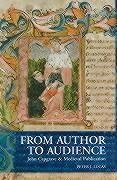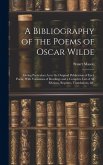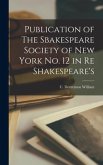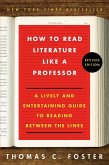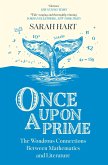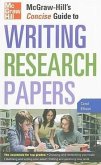How exactly were books printed in the Middle Ages, before the age of printing? As Thomas Cahill's book, How the Irish Saved Civilization, dramatically demonstrates that without the medieval Irish monks' devotion to transcription, much of the knowledge of Western civilization would have been lost forever. At that time, the author was often his own scribe and almost invariably his own editor and publisher. In the age of manuscript culture, every copy of every book had to be copied by hand and so every copy was physically unique. Peter J. Lucas explores what is known about the medieval publishing process by close study of the work of friar John Capgrave (1393-1464), a prolific author and one of the most learned Englishmen of his day. What distinguishes Capgrave from other medieval English authors is the wealth of manuscript evidence from the author's scriptorium. Lucas focuses on how works newly composed by an author were prepared in a form suitable for patrons and readers. Capgrave's linguistic and scribal usages are set in the socio-historical context of the fifteenth century, and related to the growth and development of English literary patronage in the late Middle Ages and early Renaissance. Lucas, who teaches Old and Middle English at University College, Dublin, was awarded the Gordon Duff Prize by Oxford University for his work on Capgrave.
Hinweis: Dieser Artikel kann nur an eine deutsche Lieferadresse ausgeliefert werden.
Hinweis: Dieser Artikel kann nur an eine deutsche Lieferadresse ausgeliefert werden.

